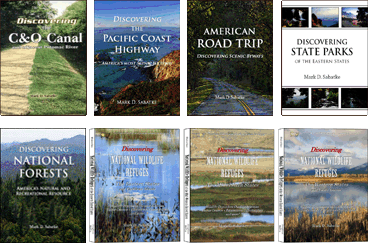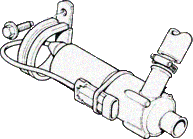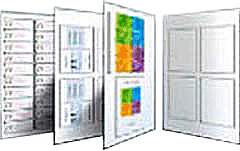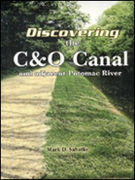|
Publications Production
Publication style. Layout style. Graphic style. Type styles. Color groups. Specific colors. Standard publishing parameters. Standard language usage.
Indexing and cataloging systems. Marketing systems. Software to be used. Comapibility of all of the above, with the authors, editors, vendors, printers,
equiment, and personnel requirements, are considerations to be made before any production may proceed.
The most favored professional book publishing programs are Adobe PageMaker and Quark XPress. Microsoft Publisher, Microsoft Word, Corel WordPerfect, and
other "also-ran" programs are best left to producing pamplets, brochures, business cards, and letters.
| |

|




